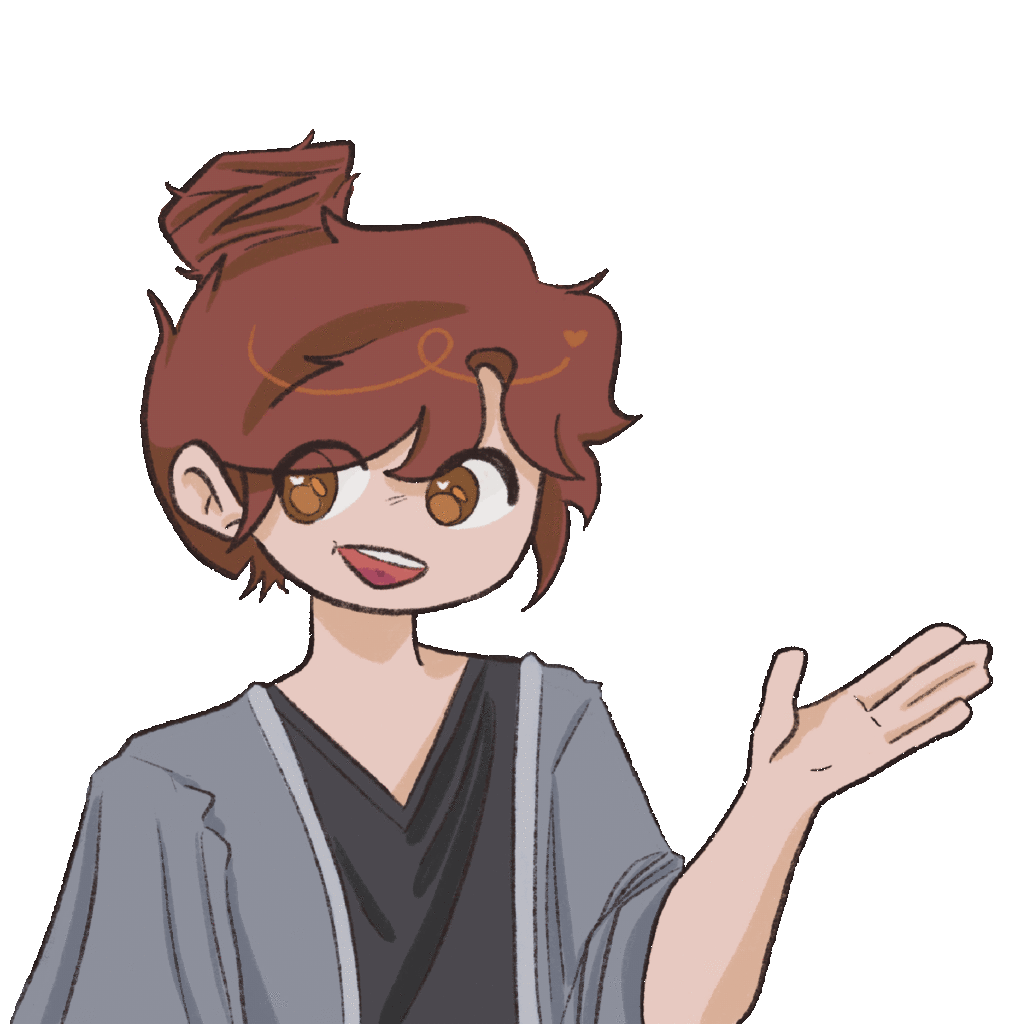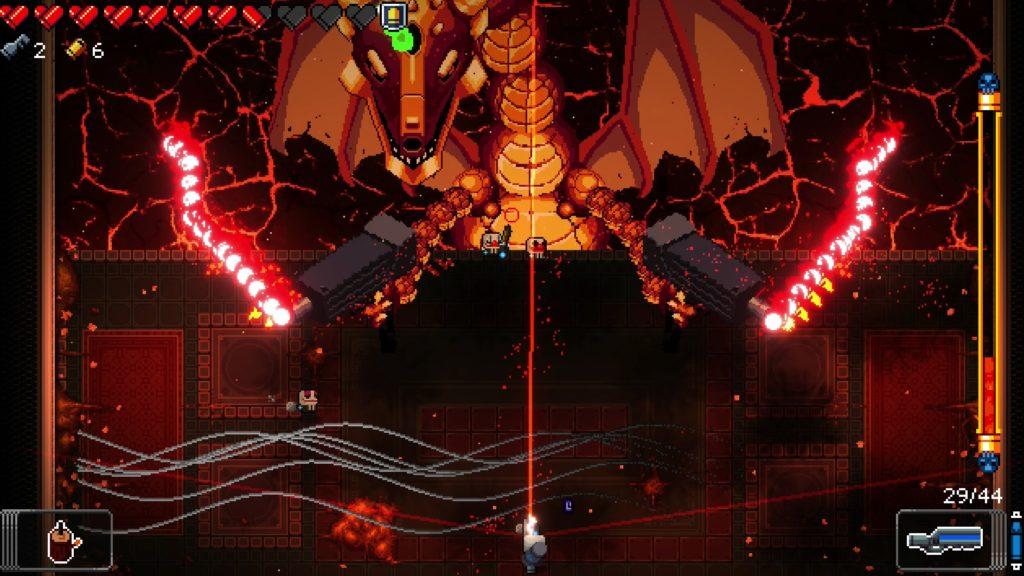Super Mario World, created by Nintendo and released for the Super Nintendo Entertainment System (SNES) on August 23, 1991, initially seems like a simple 2D platformer game. However, it was meticulously crafted for a wide yet targeted audiences like children, families, and casual gamers that were seeking a sense of joy, discovery, and low-stakes challenge. The appeal is found in the way how its characters, mechanics, and culture work together to create a deeply inviting and emotionally engaging space. Through Gabriela Pereira’s ecological lens of world building, we see that the game invites players to care not through cinematic cutscenes or dialogue, but through movement, progression, and spatial storytelling.
Mario as a Lens
The design of Mario’s character is simple, but he’s a perfect filter for the player to experience his world. The mechanics of his movements, which are tight and responsive, make players feel like they have a direct effect and connection to Mario’s World. These mechanics create the dynamics of encouraging the player to experiment with the character and master Mario. Even though his facial expressions are minimal, the mechanics of the sound when jumping, getting power-ups, and even shrinking when hit by an enemy makes the stakes of the world feel personal. Players understand the world because we understand it through Mario’s reactions to it.
Status Quo and Conflict
Within the game, there are a multitude of characters that shape the emotional logic of the game. Yoshi supports Mario, providing new mobility and an extra hit, which allows players to connect with Yoshi like a trusty partner. Bowser and his children, by contrast, seek to destabilize and destroy the peace in the world by kidnapping Peach and corrupting different kingdoms. By reinforcing this world’s hostility, players and Mario always have a goal to work towards.

Yoshi gets unlocked by players understanding the mechanic of hitting this mystery box. This captioning also
Scene-Level Surroundings
In Super Mario, Mario is put through different challenges and environments to save Princess Peach and levels like Donut Plains or the Forest of Illusion offer distinct themes and obstacles.

In the Donut Plains, I encountered a surprising difficulty spike when a shell-less charging Koopa suddenly ran at me, causing an unexpected death. This moment definitely exemplified how the game introduces new enemy behaviors to challenge their reaction time and their assumptions about the world they’re in, ultimately reinforcing adaptive learning. Before this point, I thought the Koopas followed a predictive pacing walking in only one direction or staying near ledges but the charging Koopa subverts this expection. It’s a subtle buy effective escalation in difficulty that makes sure that the player is on their toes. Also, if the player hits a flying Koopa, a feather/cape could be dropped. The cape obviously introduces a mechanic of flight, which changes the dynamic of platforming into one of risk-reward exploration
While the different landscapes are fantastical, it is also mechanically and internally consistent. Players come to learn that ghost houses will involve puzzles, in underwater levels squids are very annoying, and secret keys might unlock hidden paths.

Discovering the green switch palace, which was my first hidden path, felt incredibly rewarding and reinforced the game’s core loop of exploration and payoff.
This builds on what Pereira would call an ecological awareness which is where the player builds a model of the world by acting within it. In a sense, Super Mario World rewards curiosity and when players replay old levels with their new knowledge and re-explore that world, that find hidden easter eggs and gems that reshape their perception of the familiar level.
Society and Culture
Even with even minimal narrative, Super Mario World easily establishes a consistent cultural logic. Power-ups are given with the mushrooms, capes, flowers, and Yoshi through this kind of meritocratic magic and plays into the idea that “strength comes through performance, not birthright.”

After being able to reach the Donut Plains 1 and getting the cape and making sure that I didn’t lose the power up by getting hit by other monsters, I was able to keep this ability for the next rounds which helped, in a way, speed run the Donut Plains 2 by flying over the entire course.
The society of Mario’s world is implied with Princess Peach being captured royalty, Bowser’s children ruling multiple castles/kingdoms, and Mario being the agent of disruption. These types of dynamics encourage players to engage with Mario being the hero with this narrative of resistance and recovery, where beating each level means a small accomplishment of reclaiming order within the world. Players see their progress within the level physically alter the world, making their actions feel consequential.
Ethical Reflection: Depictions of the Body and Ability
While the game is largely lighthearted, Super Mario World’s mechanics also reinforce certain bodily assumptions. Mario’s “default” is small and vulnerable and the power-ups make him “bigger,” more capable. Flight (via the cape) and fireballs are added abilities, but are only granted by randomly and temporary through hitting the mystery bricks. The implication is that strength is conditional and fleeting unless constantly maintained leads into a design choice that is rooted in performance-based worth.
Additionally, as mentioned before, Yoshi is used as a mobility tool. In some unfortunate cases, players are forced by game design to abandon him mid-jump to survive. This raises questions about disposability in support characters. If players knew more about Yoshi’s background they would learn that he is charming and loyal, yet he can be sacrificed without narrative consequence. If modding the game to reflect more ethical representations of the body, I would explore alternatives like:
-
Allowing Yoshi to follow Mario independently (with for example a leash like in Minecraft), which would allow Yoshi and support characters more agency.
-
Introducing more body diversity, maybe introduce characters who don’t “grow” through size but instead develop through learning (puzzles, social connection)
- growing through size leads a narrative that we only grow if our bodies grow which falls flat in comparison to we grow when we put in the effort to.
-
Making power-ups tied to emotional states (for example courage to try out some difficult moves or still trying the move even though lives are being lost) rather than size, shifting from biological determinism to psychological growth.
Super Mario World invites players to care about its world not through lore dumps or cutscenes, but through carefully layered design. Each jump, level, and map transition builds a relationship between the player and the world. y filtering the experience through Mario, supporting him with a rich ecosystem of characters, and embedding meaning into every movement and map tile, the game creates a world that players want to save because to players it feels alive to them.



